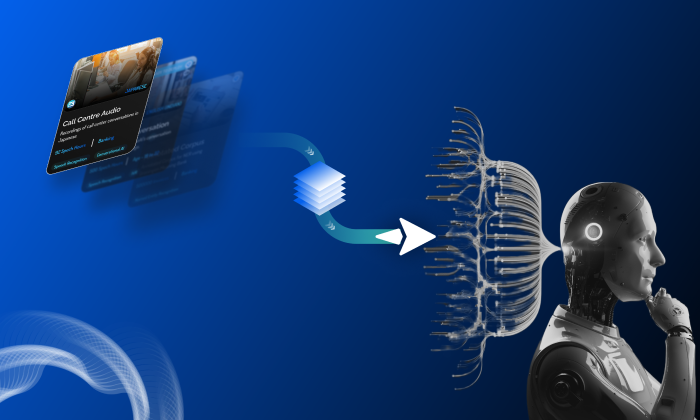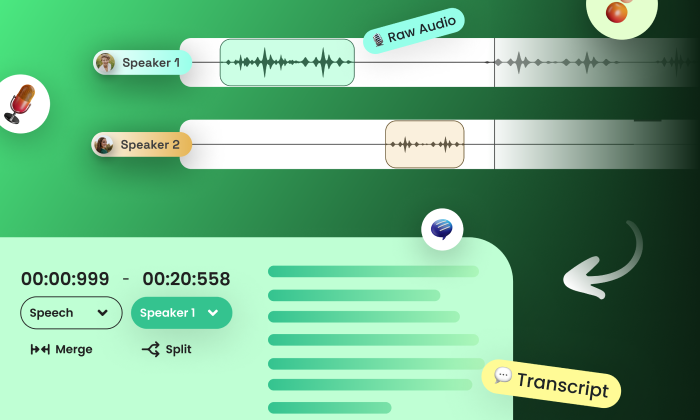What does a “dictation session” typically include?
Speech Recognition
Documentation
Dictation Software
A dictation session is an essential part of clinical documentation, enabling healthcare providers to efficiently create structured medical notes. These sessions involve clinicians verbally composing a clinical note, capturing crucial details about a patient’s visit or medical history. Understanding what a dictation session includes can significantly enhance the accuracy of automated systems and improve the efficiency of medical record-keeping.
Key Components of a Dictation Session
A typical dictation session is a continuous or semi-continuous audio recording where a clinician articulates different aspects of a medical note. The main components include:
- Demographics: Basic patient information, if applicable.
- Chief Complaint: The primary reason for the patient’s visit.
- History of Present Illness (HPI): A detailed account of the patient’s current health issue.
- Review of Systems (ROS): An overview of other body systems and their symptoms.
- Past Medical History: Information on previous illnesses, surgeries, or medical conditions.
- Medications and Allergies: Current medications and known allergies.
- Physical Exam Findings: Observations made during the physical examination.
- Assessment/Diagnosis: The clinician’s interpretation of the findings.
- Plan/Orders: Recommendations for treatment or management strategies.
Importance and Benefits of Dictation Sessions
Dictation sessions play a vital role in healthcare for several reasons:
- Efficiency in Documentation: Clinicians can quickly document patient information, which maximizes time spent with patients.
- Enhanced Accuracy: Verbal notes often capture nuances and details that might be missed in typed documentation.
- Support for Clinical Decision-Making: Structured notes facilitate the use of decision-making tools, improving patient care.
- Compliance with Standards: Dictation sessions help ensure that medical records are complete and consistent, adhering to healthcare documentation standards.
Process of Conducting Dictation Sessions
In a dictation session, clinicians typically use a microphone or digital recording device to produce audio recordings. These recordings are designed to reflect natural speech, including:
- Monologue Style: Continuous speech with natural pauses and corrections.
- Structured Format: Organized content to facilitate understanding and processing.
- Audio Recording Standards: High-quality recordings with a sample rate of 16 kHz and a bit depth of 16-bit or higher ensure clarity in transcription.
After recording, audio files go through a rigorous quality assurance (QA) process, involving both automated checks and human reviews to ensure high accuracy and adherence to medical terminology standards.
Key Considerations for Effective Dictation Sessions
When planning dictation sessions, several factors can impact the quality and usability of the recordings:
- Environment Selection: A quiet setting is ideal for minimizing background noise, which can interfere with transcription accuracy. However, some background noise might be included to simulate real-world conditions.
- Speaker Diversity: Including a range of accents and dialects enhances the generalization of speech recognition systems, making them more robust across diverse clinical settings.
- Balancing Audio Quality and File Size: Higher audio quality improves transcription accuracy but results in larger file sizes. Balancing these aspects is crucial for efficient data management.
Frequent Pitfalls to Avoid in Dictation Sessions
Experienced teams may encounter several challenges during dictation sessions that can affect dataset quality:
- Ignoring Corrections: Failing to capture self-corrections can lead to misinterpretations in transcripts. Allowing clinicians to express thoughts naturally is key.
- Inadequate Metadata: Poorly structured metadata can complicate data processing, leading to challenges in indexing and retrieval.
- Non-Compliance with Protocols: Overlooking standards like HIPAA can lead to legal issues. Ensuring compliance is critical for safeguarding sensitive information.
For healthcare organizations seeking to enhance their dictation processes, FutureBeeAI offers expert solutions in data collection and annotation. Our services ensure high-quality, compliant datasets tailored to improve medical ASR systems and overall patient documentation accuracy.
Smart FAQs
Q: How long do dictation sessions typically last?
A: Dictation sessions usually range from 30 seconds to 6 minutes, depending on the complexity of the patient’s condition and the details being documented.
Q: What audio quality standards are recommended for dictation recordings?
A: For optimal clarity, recordings should meet a sample rate of 16 kHz and a bit depth of at least 16-bit, with mono channel recordings being common. Higher fidelity options are available upon request.
What Else Do People Ask?
Related AI Articles
Browse Matching Datasets
Acquiring high-quality AI datasets has never been easier!!!
Get in touch with our AI data expert now!








